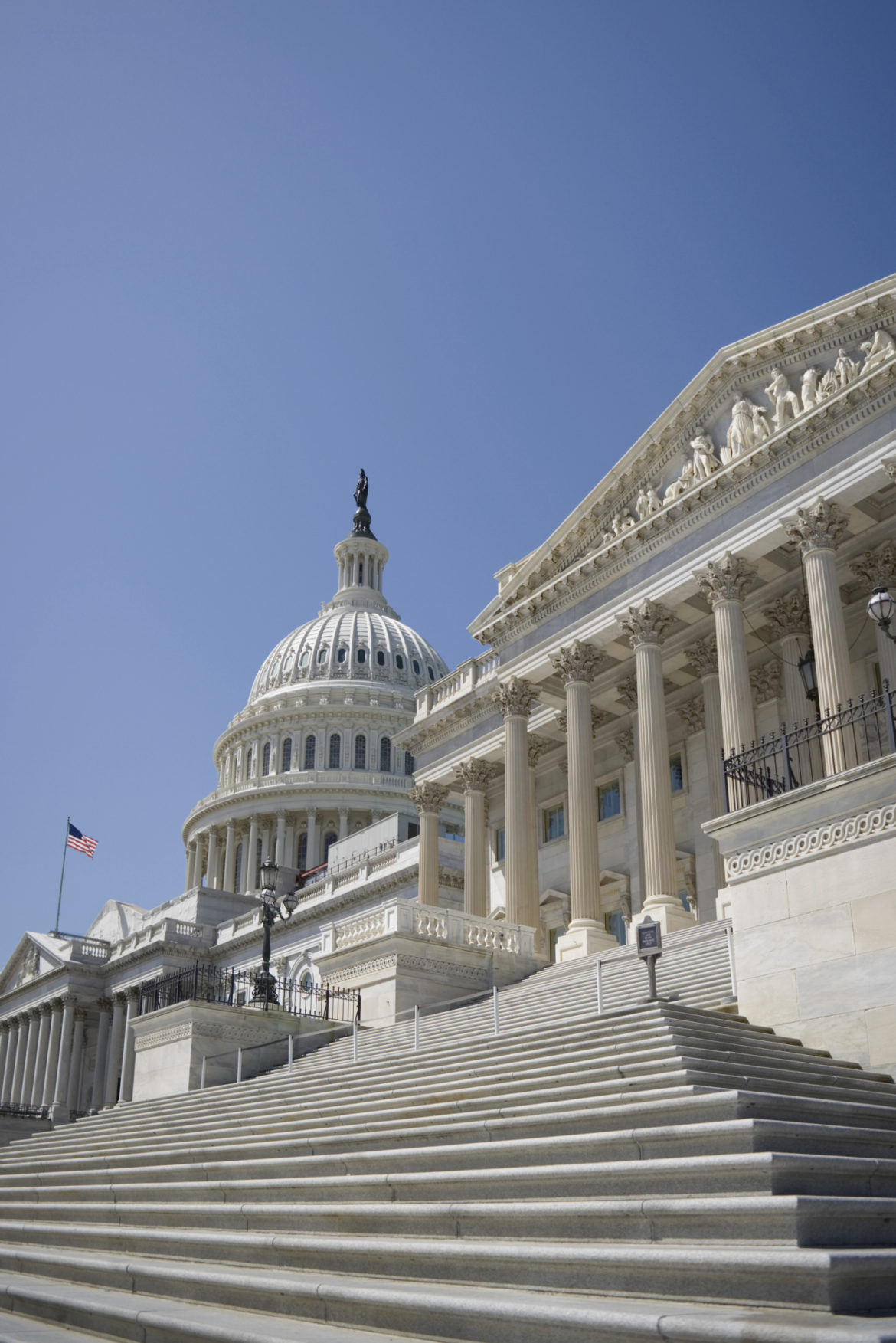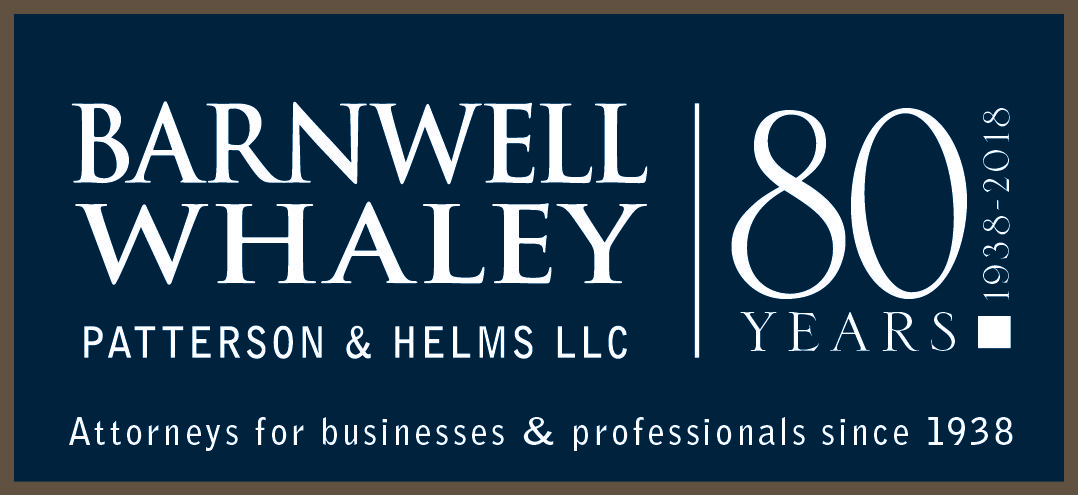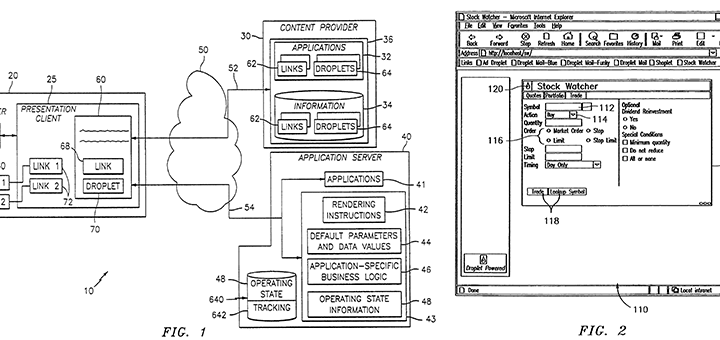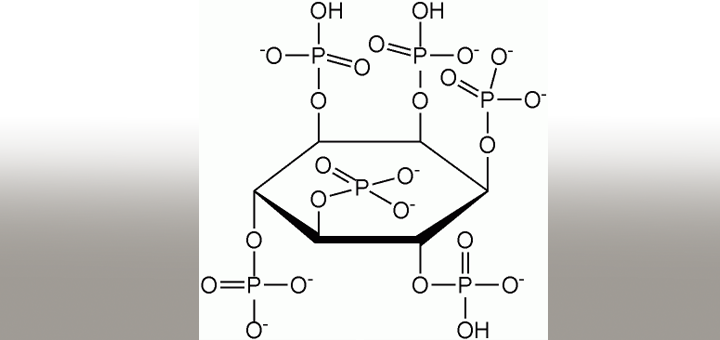
In Lightfoot v. Cendant Mortgage Corp., No. 14-1055 (U.S. Jan. 18, 2017), the Supreme Court addressed the issue of whether a statutory federal charter, which includes the power to “sue and be sued,” confers federal jurisdiction over the chartered entity. Specifically, the Court held that language in Fannie Mae’s charter, authorizing suit in federal or state courts “of competent jurisdiction” did not, in and of itself, confer federal subject matter jurisdiction.
Instead, in every federal case involving Fannie Mae, there still must be an independent basis for federal subject matter jurisdiction (diversity or federal question).
Under Title III of the National Housing Act, the Administrator of the Federal Housing Administration (FHA) was empowered to create federal mortgage associations, which would have, inter alia, the authority “to sue and be sued, complain and defend, in any court of law or equity, State or Federal.” The Administrator exercised that power in 1938 to create the Federal National Mortgage Association, commonly known as “Fannie Mae.” At that time, Fannie Mae was wholly owned by the federal government.
In 1954, Congress rechartered Fannie Mae. At that time, it was no longer owned exclusively by the federal government, with private investors owning its common stock. The 1954 statute authorized Fannie Mae “to sue and to be sued, and to complain and to defend, in any court of competent jurisdiction, State or Federal.”
In 1964, Fannie Mae became entirely privately owned, becoming “a Government-sponsored private corporation.” See 12 U. S. C. §1716b. Fannie Mae spun a part of its portfolio into a new entity, the General National Mortgage Association (commonly called “Ginnie Mae”). Fannie Mae participated in the secondary mortgage market, purchasing and repackaging mortgages into mortgage-backed securities for sale. Under 1968 legislation, Congress granted Fannie Mae and Ginnie Mae the power “to sue and to be sued, and to complain and to defend, in any court of competent jurisdiction, State or Federal.” See 12 U.S.C. §1723a(a).
The lawsuit in Lightfoot involved a mortgage loan Cendant Mortgage Corporation made to Beverly Hollis-Arrington. Fannie Mae purchased that loan, though Cendant continued to service it. The borrower defaulted and unsuccessfully tried to work out a forbearance arrangement with Cendant. The borrower and her daughter, Crystal Lightfoot, attempted to resolve the issue through bankruptcy proceedings and transfers of the underlying property between themselves. Ultimately, the property was sold via foreclosure sale.
Lightfoot and her mother sued, inter alia, Fannie Mae in state court. Fannie Mae removed the action pursuant to 28 U.S.C. § 1441 (allowing removal of cases within federal courts’ “original jurisdiction”). Fannie Mae’s only asserted ground for jurisdiction was the “to sue and to be sued” language in its statutory charter, 12 U.S.C. §1723a(a).
The district court dismissed the claims against Fannie Mae on preclusion grounds, and the Ninth Circuit initially affirmed. It then withdrew its opinion and requested that the parties brief the question of whether the district court had subject matter jurisdiction in the first instance. Ultimately, the Ninth Circuit again affirmed the district court,1 concluding that, under the Supreme Court’s opinion in American National Red Cross v. S.C.,2 Fannie Mae’s charter statute conferred subject matter jurisdiction. Specifically, the Ninth Circuit interpreted the Red Cross case to mean that when a statutory charter contains a “sue-and-be-sued” clause that expressly references federal courts, it creates federal subject matter jurisdiction.3
The Supreme Court granted certiorari, in part because three circuits4 had held that a charter statute containing such language actually created federal court jurisdiction, while four other circuits5 had disagreed. The Court resolved this circuit split and reversed the Ninth Circuit’s conclusion that there was federal subject matter jurisdiction. Justice Sotomayor delivered the opinion of a unanimous Court.
The Court began by noting that the “sue-and-be-sued” language in Fannie Mae’s federal charter (as in other similar statutes) is primarily designed to “serve[] the uncontroversial function”6 of setting forth the principle that Fannie Mae is generally able to bring lawsuits and be sued. The Court concluded that the statute did not further authorize suit by or against Fannie Mae in federal court in every case.
The Court began by noting that this was not the first time it had addressed the issue. In fact, in five prior cases, the Court held that three statutes created jurisdiction, while two others did not.
In one case, the Court held that the charter of the first Bank of the United States—which authorized it “to sue and be sued … in courts of record, or any other place whatsoever”—did not create federal jurisdiction.7
The Court later held that the charter of the second Bank of the United States conferred federal jurisdiction when it authorized the Bank to sue or be sued “in all State Courts having competent jurisdiction, and in any Circuit Court of the United States.”8
The Court next held that a charter did not create federal jurisdiction where it authorized a railroad to sue or be sued “in all courts of law and equity within the United States.”9
Next, the Court concluded that the FDIC’s charter created federal jurisdiction when it authorized it to sue and be sued “in any court of law or equity, State or Federal.”10
Finally, the Court held that the Red Cross could be sued in federal court under its charter language permitting it to sue and be sued “in courts of law and equity, State or Federal, within the jurisdiction of the United States.”11
In Red Cross, the Supreme Court synthesized these cases into a rule that a charter might “confer federal court jurisdiction if, but only if, it specifically mentions the federal courts.”12 However, the Lightfoot Court concluded that simply mentioning federal courts is not enough. Fannie Mae’s charter, which authorized suit “in any court of competent jurisdiction, State or Federal,”13 obviously expressly referred to federal court. However, the Court determined that this was not enough to confer jurisdiction.
Unlike other cases finding charters to confer subject matter jurisdiction, Fannie Mae’s charter only refers to federal courts “of competent jurisdiction.”14 The Court concluded that this inclusion of a “competent jurisdiction” requirement in Fannie Mae’s charter statute controlled:
A court of competent jurisdiction is a court with the power
to adjudicate the case before it. See Black’s Law Dictionary
431 (10th ed. 2014) (“[a] court that has the power and
authority to do a particular act; one recognized by law as
possessing the right to adjudicate a controversy”). And a
court’s subject-matter jurisdiction defines its power to hear
cases. [Citations omitted.] It follows that a court of competent
jurisdiction is a court with a grant of subject-matter
jurisdiction covering the case before it.15
Congress’ use of the phrase “of competent jurisdiction” implied that there must be another source of jurisdiction beyond the charter statute itself. The Court rejected Fannie Mae’s suggestion that “competent jurisdiction” might only refer to personal jurisdiction or venue, rather than subject matter jurisdiction, and concluded that it required an independent source of subject matter jurisdiction.
The Court further noted its conclusion was consistent with Red Cross’s synthesis of prior cases. Specifically, the Court noted that Red Cross did not create a black-letter rule that a statutory charter would automatically create subject matter jurisdiction by simply mentioning federal courts. A “sue-and-be-sued” provision that only generally creates the power to sue in federal court, is not enough to confer jurisdiction; the Fannie Mae statute was “merely capacity conferring.”16
The Court rejected Fannie Mae’s argument that, at the time its charter was enacted in 1954, the words “competent jurisdiction” were understood to confer jurisdiction. The Court observed that “none of the cases on which Fannie Mae relies suggest that Congress in 1954 would have surveyed the jurisprudential landscape and necessarily” understood this language to confer jurisdiction.17
This article appears in the Spring 2017 edition of SideBAR, the newsletter of the Federal Litigation Section of the Federal Bar Association.
B.C. “Bill” Killough is a registered patent attorney with Barnwell Whaley Patterson & Helms, LLC having offices in Charleston, SC and Wilmington, NC. Killough has more than 35 years of experience in federal court practice. He is a Fellow of the Litigation Counsel of America. He regularly litigates intellectual property and commercial disputes before US District Courts and trademark matters before the Trademark Trial and Appeal Board. John Fletcher isan attorney with Barnwell Whaley Patterson & Helms, LLC in Charleston, South Carolina. Over his nearly twenty years of practice, John has been deeply involved with many of Barnwell Whaley’s most complex and challenging cases, in such varied areas of the law as antitrust, intellectual property and professional malpractice at all levels of both state and federal courts, including the United States Supreme Court.
Endnotes:
1
769 F.3d 681, 682–683 (2014).
2
505 U.S. 247 (1992).
3
769 F.3d at 684.
4
Specifically, the Court cited cases from the Ninth, First and
D.C. Circuits to that effect. See generally, Federal Home Loan
Bank of Boston v. Moody’s Corp., 821 F. 3d 102 (1st Cir. 2016);
Pirelli Armstrong Tire Corp. Retiree Medical Benefits Trust ex rel.
Fed. Nat. Mortgage Assn. v. Raines, 534 F. 3d 779 (D.C. Cir. 2008).
5
The Supreme Court cited cases from the Second, Third, Fifth,
and Seventh Circuits ruling in that fashion. See generally, Western
Securities Co. v. Derwinski, 937 F. 2d 1276 (7th Cir. 1991); C. H.
Sanders Co. v. BHAP Housing Development Fund Co., 903 F. 2d
114 (2d Cir. 1990); Industrial Indemnity , Inc. v. Landrieu, 615
F. 2d 644 (5th Cir. 1980) (per curiam); Lindy v. Lynn, 501 F. 2d
1367 (3d Cir. 1974).
6
No. 14-1055, at 6.
7
Bank of United States v. Deveaux, 5 Cranch 61, 85-86 (1809).
8
Osborn v. Bank of United States, 9 Wheat. 738, 817-18 (1824).
9
Bankers Trust Co. v. Texas & Pacific R. Co., 241 U. S. 295, 302
(1916).
10
D’Oench, Duhme & Co. v. FDIC, 315 U. S. 447, 455 (1942).
11
Red Cross, 505 U. S., at 257.
12
Id., 505 U.S. at 255.
13
12 U. S. C.§1723a(a).Id.
14
See Lightfoot, No. 14-1055, at 9.
15
See id. at 11.
16
See id. at 15.




